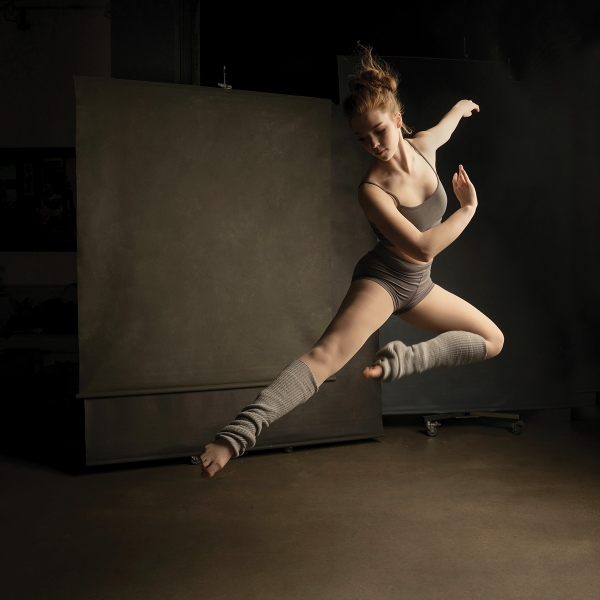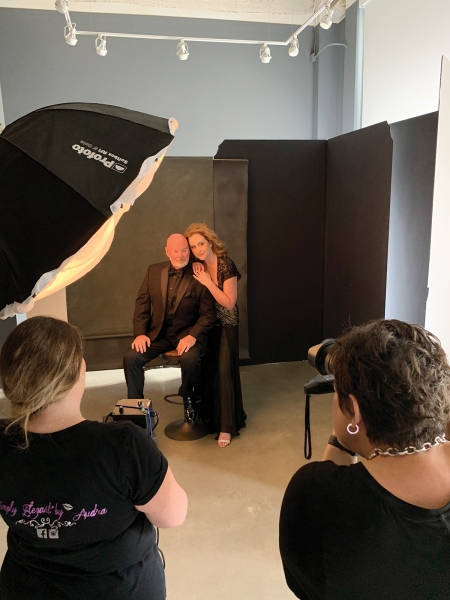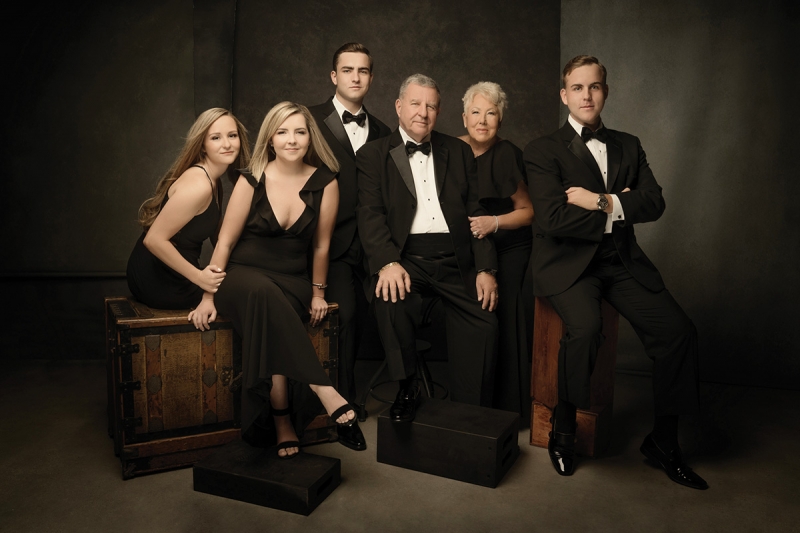Closed for Social Distancing but Open For Opportunity
Monica Sigmon of Sigmon Taylor Photography in Williamsburg, Virginia, says anytime is the right time to launch a new portrait product.
• June 2020 issue
As I write this, it’s the end of March, and the world is upside down. While I’m staying very busy with business projects during the pandemic lockdown, I don’t know when my husband, Michael Taylor, M.Photog.Hon.M.Photog.Cr., and I will get back to working with clients. But I do know we can control how we make that transition when the time comes.
We’ve all seen stores close temporarily for renovation. They sacrifice revenue for a fixed amount of time, and when they reopen, they have new fixtures, colors, and even products. They do it because trying to make those changes while staying open for business is messy, inconvenient, and confusing to customers. What if we considered this current downtime as a similar opportunity?
What if, when our doors reopen for business (or, realistically, when the economy gets going again), we have a new portrait line to offer clients? People want to do business with companies that are innovating and entrepreneurs who can bring the excitement. Photographers can do that.
Just over two years ago I launched a new portrait line in our studio: Black Label by Sigmon Taylor. I believe that having moved slowly and intentionally through the development and launch of this line led to its immediate and overwhelming success.
As always, there isn’t only one way to do things, but these are the steps I took that worked for me. Tweak them so they work best for you, your business, and whatever the current situation is.

DEFINE THE PURPOSE
Consider why you’re offering a new product. I did it because I needed to get out of a rut. I wanted to feel creatively challenged and excited to shoot. Right now because you’ve been losing income for several months, you may be thinking, The purpose is money. That’s OK. But if you’re undergoing a renovation anyway, you might as well make the most of it creatively.
Another reason I launched the line was to create portraits that clients hadn’t seen anywhere else. Doing this allows me to charge what I want because when you have a unique product, consumers can’t go anyplace else to get it, and there’s nothing to compare your prices to.

THE CRITERIA
My renovation entailed a new portrait line. So I defined a set of criteria to determine if what I wanted to create was something that was both a fit for our business and something consumers would be excited to buy:
- Would it elevate the level of our existing brand?
- Would clients perceive it as different than what we already offered?
- Is it distinct and recognizable?
- Does it make me excited to shoot?
THE LOOK
A look can also be called style, the key components of which are lighting, posing, mood, expression, and final presentation. Any new look you want to sell has to be created and shown with consistency. It’s not enough that people can recognize the work as yours. People need to be able to recognize and crave it.
Remember that if you’re seeking to create a unique and identifiable style you have to dig deep. We each admire and even emulate other photographers. And we all learn techniques from others. But copying someone else’s style isn’t a winning strategy. Push to create something that comes from your heart.
Where are you going to find your unique style? Inspiration is all around: magazine ads and articles, movie lighting and posing, and social media. Create Pinterest boards of images that appeal to you; as you collect them, you’ll start seeing a pattern in what speaks to you. Find Instagram accounts that resonate with you. When I follow an artist whose work I love, I look through the accounts they follow to see their inspirations. I’ve found some of my favorite accounts this way.

BUILD YOUR LIBRARY
Once you’ve determined the look you want for your new line, it’s time to practice and build a library of images. It’s tempting to start posting new work right away on social media, but resist sharing a couple here, a couple there. You must come to the marketplace with a complete and developed look that is consistent and recognizable. The only way to do this is to have a body of work before you launch. In other words, you need to create a complete portfolio.
The first decision to make is whether the new images you create will be strictly for your portfolio or if they will also serve as income generation. When I was faced with this decision, I knew I would photograph differently if a sale were hinging on the outcome than if I were creating something exactly the way I wanted without concern for what a client might want to buy. In order to be as creative as possible, I had to take money off the table. That may not be necessary for you. Maybe you’re using a new product line specifically to generate income after being shut down. There’s no right or wrong answer. As it turned out, we did later sell quite a bit from these portfolio build sessions, but that was a happy bonus, not something I counted on at the time.
“You don’t make art out of good intentions,” said Gustave Flaubert. In other words, a portfolio isn’t going to create itself. What worked for me was blocking off a session every week for 12 weeks. That forced me to figure out how to fill them. I booked the hair and makeup artist in advance, so I absolutely had to find someone to sit for each session. Many were clients, and those were the easiest to book. But there were certainly weeks I was scrambling to find someone at the last minute. I asked the hostess and the bartender from one of our favorite restaurants. I asked someone who had come in for a quick headshot. I asked anyone who had an interesting look and I thought would be fun to work with.
They got the experience free of charge, the opportunity to be featured in our launch, and a small gift certificate to the studio. I invested in hair and makeup for each session because that’s the look I wanted. In some cases, I even paid for the dress rental if there was something specific I envisioned or if the sitter didn’t own a dress that would work. The images you launch with are essential for a great first impression and to ensure your audience understands this new line.

GO TIME
Before you launch, pin down important details:
- What’s your vision statement for the line? Think about what you want clients to know about it and how it’s different from your work they’re familiar with. Also address what you want to accomplish from an artistic perspective.
- Does your new line have a name? This is super important. Your clients need something to call this product. A name also adds legitimacy.
- Is the body of work you’ve created consistent and recognizable?
- Is it different from what you already offer?
- Do you have behind-the-scenes photos that show your process?
- Do you have enough images to post on social media for several weeks until you get new material?
Now it’s finally time to bring your new line to the marketplace, and you’ll need a plan for that, too:
- Launch to your existing clients first. This makes them feel special. We designed a beautiful email newsletter with a personal note from me.
- Schedule social media posts several weeks out. Make sure the images and messaging are consistent and that posts appear regularly.
- Show this new look whenever and wherever you can. For instance, each year we donate photography for a local nonprofit during their annual giving campaign. The year we launched the Black Label line, we used this new style for the donation and got great exposure.
- Keep photographing portfolio sessions. These will keep you excited, provide constant content for marketing purposes, and allow you to keep refining your vision and skill set.
Most important, in all of your work and communications, be excited and authentic. This is a part of you that’s going out in the world, and your clients will believe in it if you do.
Monica Sigmon and Michael Taylor own Sigmon Taylor Photography in Williamsburg, Virginia.


 View Gallery
View Gallery


